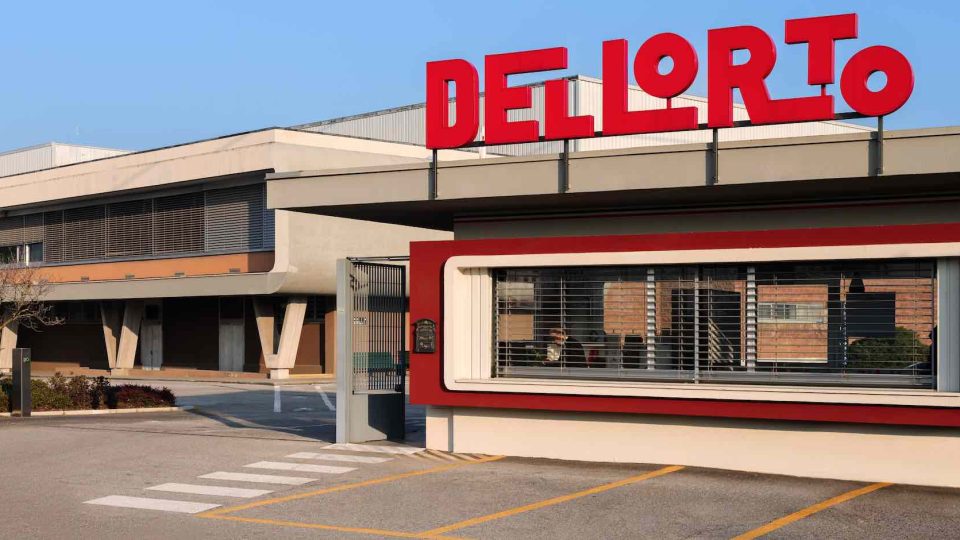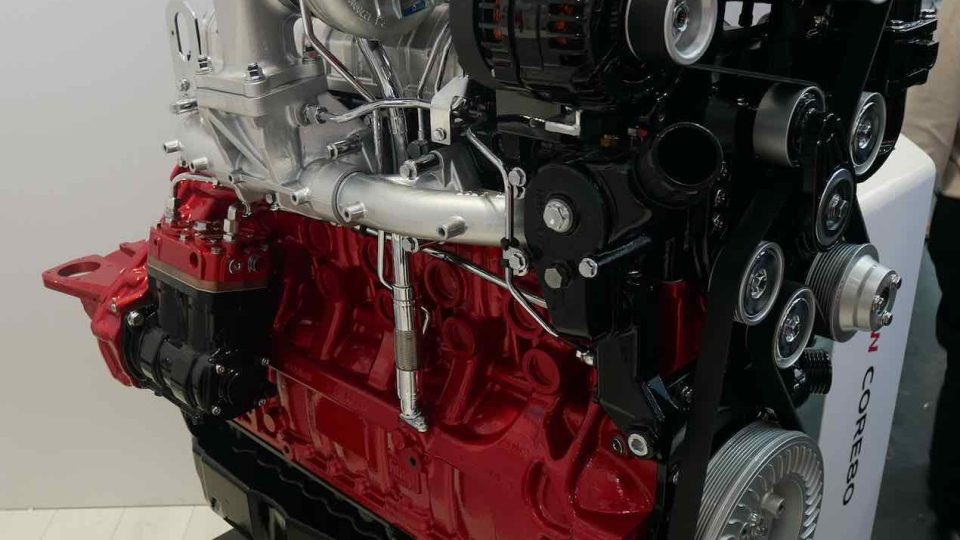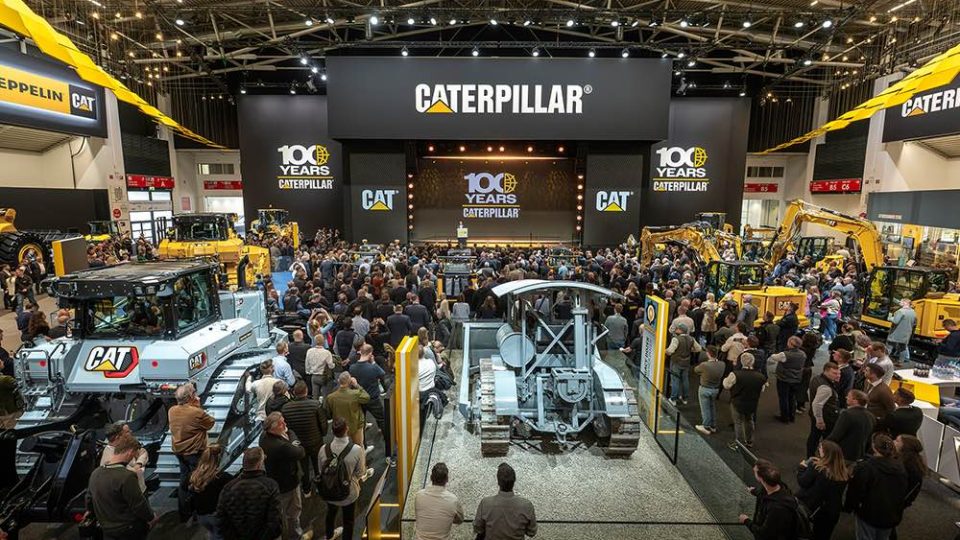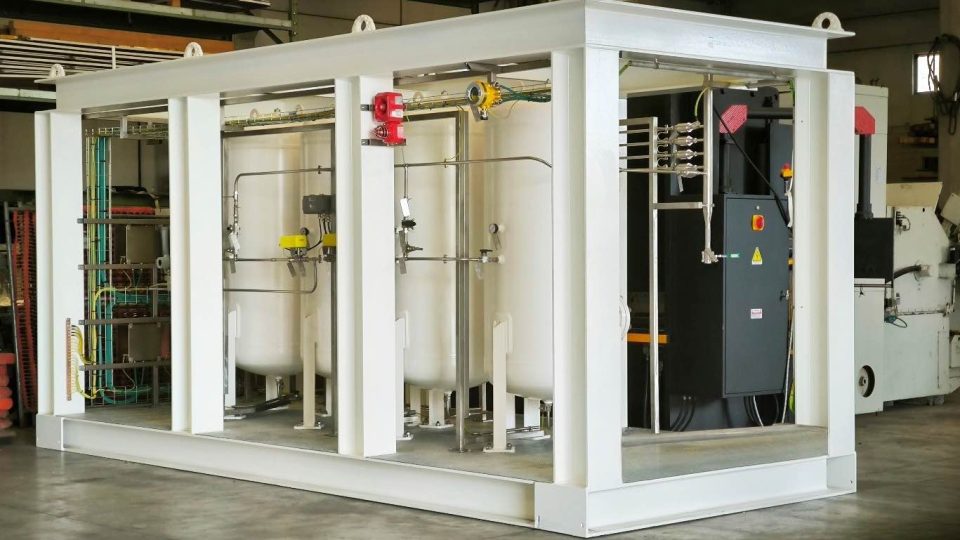Parker at bauma filled up on hydrogen
At bauma Munich we had Parker tell us about their commitment to hydrogen fuel cells

Among the domains that Parker is able to apply to motion control at bauma, we first focused on hydrogen. Actually also on electrics, and we will tell you about that in the coming weeks.
bauma and hydrogen in Parker’s ‘house’
At bauma Parker positioned itself as a strategic partner within the hydrogen value chain, offering an integrated portfolio of components for both fuel cells and hydrogen internal combustion engines (H2 ICE). At bauma 2025, the company presented a consistent set of enabling technologies aligned with the goal of decarbonizing medium- and heavy-duty mobile applications. The company’s approach stands out through its ability to cover up to 80% of the balance of a fuel cell system. Starting with hydrogen flow management, Parker provides components for pressure regulation and control in 350- and 700-bar lines, with high-integrity valves, fittings, and tubing designed to minimize leakage and ensure operational safety. Before reaching the cell stack, hydrogen passes through a complex circuit that requires chemically compatible components able to withstand shocks and vibrations. On the air side, Parker has developed high-efficiency multi-stage filtration systems capable of removing solid particulates even in extremely dusty environments. A second filtration stage targets gas contaminants to protect the membrane electrode assembly (MEA). Humidity control is managed by compact humidifiers and integrated water separators, while thermal management relies on heat exchanger modules optimized for precise temperature control. A critical challenge in fuel cell system design lies in managing the electrical conductivity of the coolant fluid. Unlike conventional internal combustion engines, excessive conductivity can cause electrical discharge that damages the stack. To address this, Parker has integrated specific filtration solutions for the thermal circuit, helping to preserve the system’s dielectric stability.
The importance of bipolar plates
All fuel cell systems rely on bipolar plates. They perform a number of vital functions, including providing channels both for the separation and distribution of the process gasses and coolant and for the removal of the water resulting from the chemical reaction. So, the manufacturers pay attention to engineering detail extends to the sealing of bipolar plates, essential for gas separation and overall system integrity. For instance, Parker Prädifa offers a full range of elastomer and PTFE seals, composite sealing solutions on carrier frames, and custom designs for stacks requiring high durability, chemical resistance, and thermal performance. These sealing technologies are developed to minimize internal and external leaks, simplify assembly, and enable reliable high-volume production.
Many of the technologies developed for fuel cells are also applied in hydrogen ICE systems, particularly in hydrogen conveyance and pressure regulation. Components for H2 internal combustion engines must meet the same requirements for chemical compatibility, mechanical resilience, and integration in harsh environments, and are already available for prototype and pre-series applications in medium- and heavy-duty powertrains. Through a modular and vertically integrated approach, Parker supports the implementation of hydrogen systems in mobile machinery, providing critical functionalities such as filtration, thermal control, sealing, and pressure management. The company’s presence across all major subsystems allows it to act as a one-stop shop for fuel cell and H2 ICE projects, reducing system complexity and accelerating industrial deployment.









